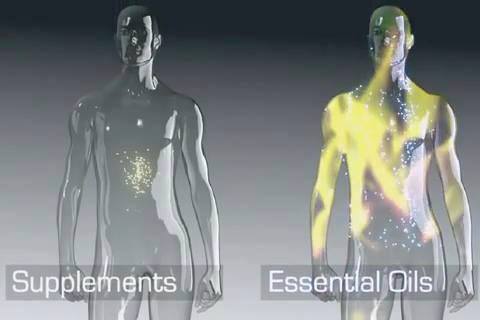Essential oils are the natural plant extracts that are found in plant leaves, flowers, stems, etc. They are the life-blood of the plant, protecting it from bacterial and viral infections, cleansing breaks in its tissue and delivering oxygen and nutrients into the cells. In essence, they act as the immune system of the plant. That is why they areso essential to the plant — without them, plants could not survive.In the human body, they have a similar action — such as transporting valuable nutrients to the cells; increasing oxygen intake, and digesting toxic waste in the blood. This is because the three primary elements – carbon, hydrogen and oxygen-are common to both human beings and essential oils. This shared chemistry makes essential oils one of the most compatible of all plant substances with human biochemistry.

Not only that, but the lipid-soluble structure of essential oils and the fact that they have a protein-like structure similar to human cells and tissues makes them even more compatible with human tissue.
Essential oils are very different from vegetable oils (also called fatty oils), such as corn oil, olive oil, peanut oil, etc. Fatty oils are produced by pressing nuts or seeds. They are quite greasy, are not antimicrobial nor help transport oxygen, and will go rancid over time. Essential oils, however, are not greasy nor do they clog the pores like vegetable oils can.
Essential oils are highly complex substances. They are mosaics of hundreds – even thousands – of different natural chemicals. The average essential oil may contain anywhere from 80 to 400 known chemical constituents. Many oils contain even more, occurring in minute quantities – but all contributing to the oil’s therapeutic effects. It requires years of study to understand these constituents, their activity and functions.
In addition, essential oils can be processed in different ways, which dramatically effects their chemistry and medicinal action. Oils that have been re-distilled two or three times are obviously not as potent as oils that have been distilled only once. Also, oils that are subjected to high heat and pressure in processing have an inferior profile of chemical constituents, since excessive heat and temperature fractures and breaks down many of the delicate aromatic compounds within the oil — compounds that are responsible for much of the therapeutic action of the oil.
NOTE: If you would like to learn more about the Chemistry of Essential oils and how they work, I recommend reading “The Chemistry of Essential Oils made simple” by Dr. David Stewart which is now sale on AMAZON.

